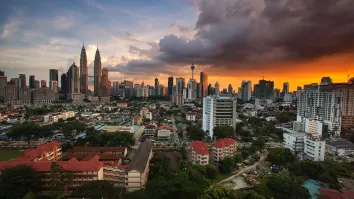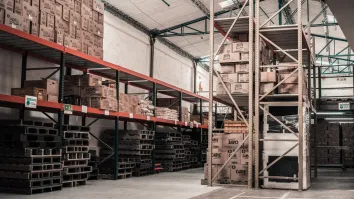
How Japan’s regional office markets dodged the crippling effects of the pandemic
One of the reasons is the limited proliferation of remote work.
With the pandemic dragging into 2021, growth in Japan’s all-grade office property market has slowed for all regional cities.
According to Savills, Sapporo and Fukuoka saw the largest increments in rents of 1.3% and 1.2% YoY, respectively. On the other hand, Osaka and Sendai saw contractions of 1.1% and 0.5% YoY, respectively.
Nonetheless, like investment-grade offices, the overall rental changes of all-grade offices in regional markets have been mild compared to Tokyo, which saw an 8.2% decline YoY.
Here’s more from Savills:
At the same time, vacancy rates have continued to inch up across all markets. With the exception of Sapporo where vacancy has stayed flattish and below 3.0%, all other markets exhibited vacancies of over 4.0%, having increased between 1.3ppts and 1.8ppts YoY. However, these changes were also smaller than the 3.0ppts loosening seen in Tokyo.
Indeed, regional markets appear to have been comparatively insulated from the pandemic. Tokyo has seen many cases of large floor reductions where multiple thousands of tsubo were returned. In contrast, the scale of floor space being returned rarely exceeds a few hundred tsubo in regional cities. One reason behind the milder changes in regional cities lies in the limited proliferation of remote work.
In comparison, Tokyo has seen notably higher levels of remote work due to the colossal headquarters of many large companies with the infrastructure and capital to implement remote work, as well as a greater proportion of companies in the sectors where remote work is easily feasible, like the IT sector. In addition, workers in Tokyo on average have notably longer commuting times, and companies have a greater incentive to introduce remote work. Indeed, Osaka, which has a relatively higher level of remote work among regional markets, has already started seeing many workers going back to the office.
Another reason for regional markets’ stability thus far is their sparing supply compared to Tokyo, which has seen a large amount of supply introduced to the market in the past few years. However, next year might be an inflection point for some regional markets, as a large amount of supply is forecast in 2022. This is especially true for Osaka, which will see the largest new supply since 2013. Nagoya and Fukuoka will also see large new offices like Urbannet Nagoya Nexta and the Fukuoka Daimyo Project.
Note: “All-grade” refers to offices typically over 1,000 sq m GFA, depending on the market. Data is sourced from Miki Shoji.



















 Advertise
Advertise




